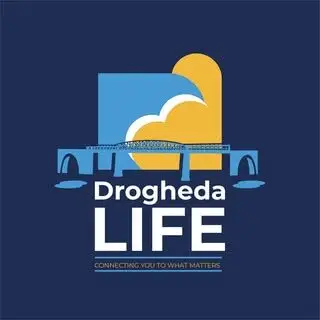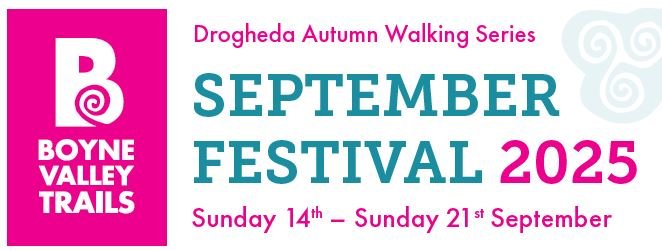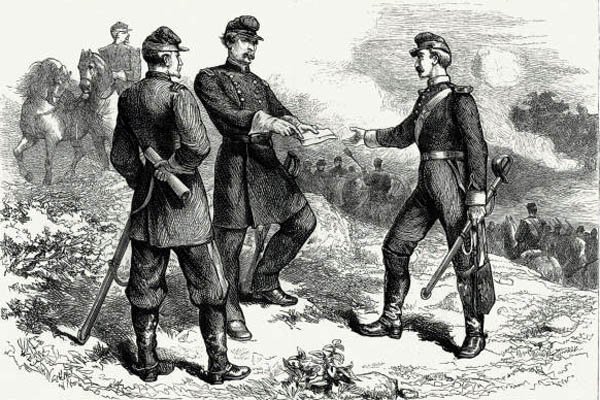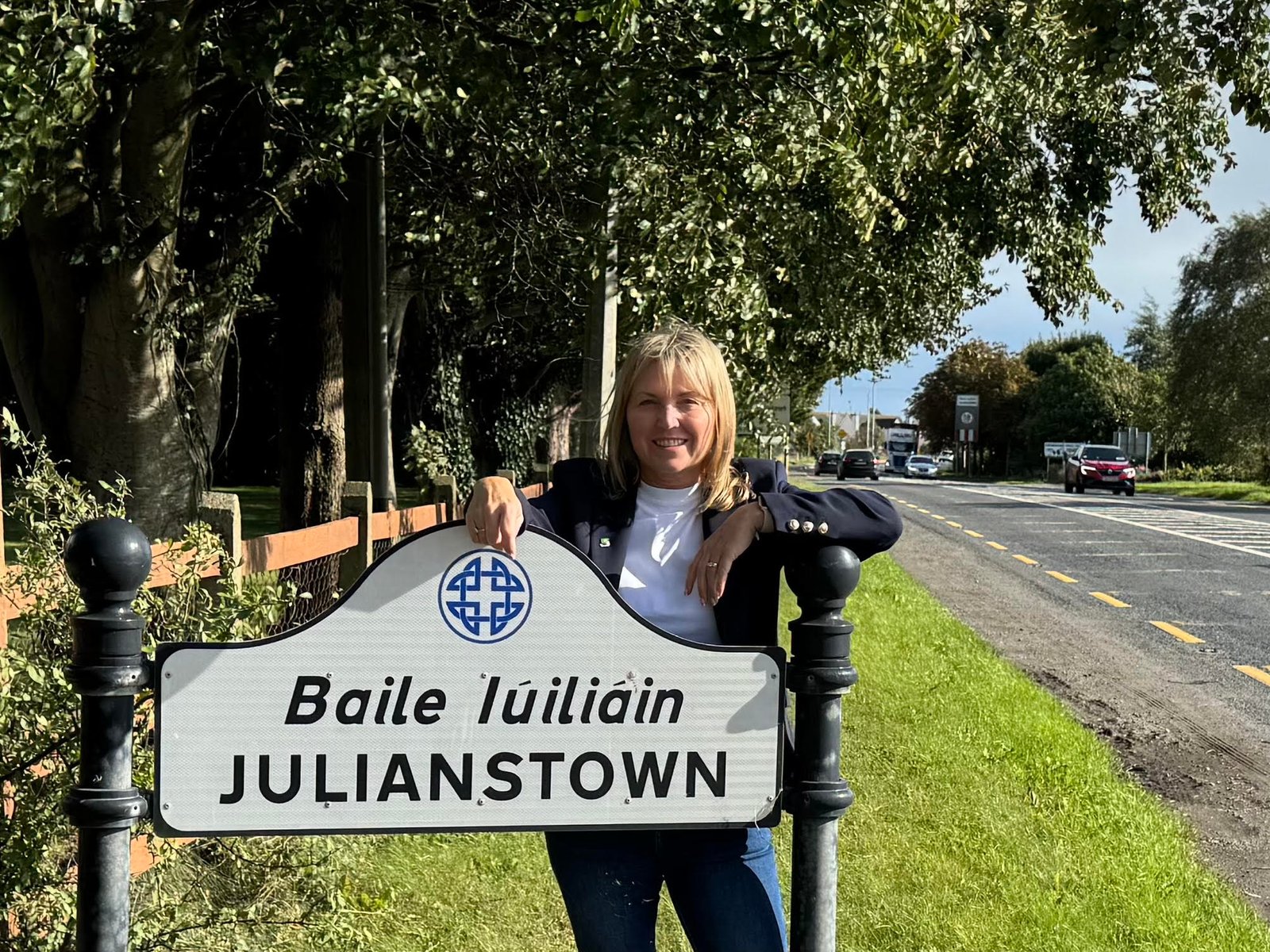By Sean Collins
In the north-west corner of the quiet Meath graveyard of Monknewtown, a hundred yards or so from Dolly Mitchell’s pub, lie the mortal remains of Colonel Patrick Leonard of the U.S. Army.
Patrick Leonard was born in 1821 in Begrath in nearby Tullyallen and migrated to America in 1852 at the age of 31 and, like many young Irishmen of the time, he took a keen interest in political affairs both in Ireland and in his adopted home in the U.S.A.
Having lived in Ireland through the worst years of the Great Famine, Leonard was well aware of the Young Irelanders and their doomed Irish rebellion of 1848. The leader of the Young Irelanders, Thomas Francis Meagher, escaped from prison in Australia and landed in New York in the same year as Leonard.
In 1856, also in New York, John O’Mahony established the Fenian Brotherhood and James Stephens started the Irish Republican Brotherhood.
With the outbreak of Civil War in America, Meagher was most notable for recruiting and leading the Irish Brigade, and encouraging support among Irish immigrants for the Union.
Patrick Leonard joined the 99th New York National Guard, and was commissioned a Major in Meagher’s Irish Brigade. He served at Elmira Prison in New York State, the biggest prison for Confederate soldiers in the Union.He was further commissioned a Lieutenant- Colonel in the U.S. Federation army or the army of the union.
Retiring from the army he set about making plans to return to Ireland in September 1865.There was much speculation about a planned Fenian Rebellion in Ireland.
American newspapers in mid-1865, particularly in Boston and New York reported that James Stephens and a number of his Fenian military colleagues had returned to Ireland. Patrick Leonard was part of this group, and his native Louth would be his area of operation.

The Irish Examiner reported on the 5th October 1865 that Patrick Leonard had been arrested at the house of “Callan the Saddler” close to his home place of Begrath.
Among his possessions were a union army officer’s uniform, a revolver, bullets and a bullet mould along with an officer’s sabre. He also had maps of Ireland, his commission warrant and a drill book.
Leonard was detained until the 19th October, when at Mell Court House he was discharged through lack of evidence, the judge expressed the hope “that the area would be free from the taint of Fenianism.” However, Colonel Leonard continued his work openly organising the Fenian Movement in the county of Louth.
On the evening of the 5th of March 1867, Fenians rose in rebellion all over Ireland and in Drogheda Colonel Leonard took a leading role in the doomed rebellion. A total of twelve people were killed across the country on the day. When it became apparent that the co-ordinated rising that had been planned was not transpiring, most rebels simply went home.

The rising failed as a result of lack of arms and planning, but also because of the British authorities’ effective use of informers. The district Inspector at Drogheda reported he had received a letter on March 4th outlining the local Fenian’s plans.
Patrick Leonard escaped from Drogheda on the evening of the 5th March and many romantic tales have been written about his escape, but a simple letter written in the Irish Examiner suggests he was back in the USA by the end of March.
Leonard continued to take an active part in the Fenian organisation in America before he finally returned to Ireland in 1873. The Freeman’s Journal reports his death on the 16th of September of that year as a result of declining health due to TB, aged 51 yrs. He was residing with his sister Catherine at her home at the Black Bull ,Dublin Road,Drogheda.
The Fenians of the Drogheda area had not forgotten their colleague Patrick Leonard and a large funeral was planned for him. The papers record upwards on ten thousand people attending his funeral to Monknewtown Cemetery.
Under the stewardship of Patrick Tuite of Tullyallen, a fund raising drive provided the money for Leonard’s monument at Monknewtown, unveiled in 1874, designed by William Reynolds of Oldbridge.
Marching bands from Drogheda, Dundalk, and Dublin performed the “Death March of Saul” and the anniversary became an almost national event with the 1798 centenary in 1898 regarded as being the biggest turnout at Monknewtown to remember Leonard whose descendants live at Begrath to this day.





